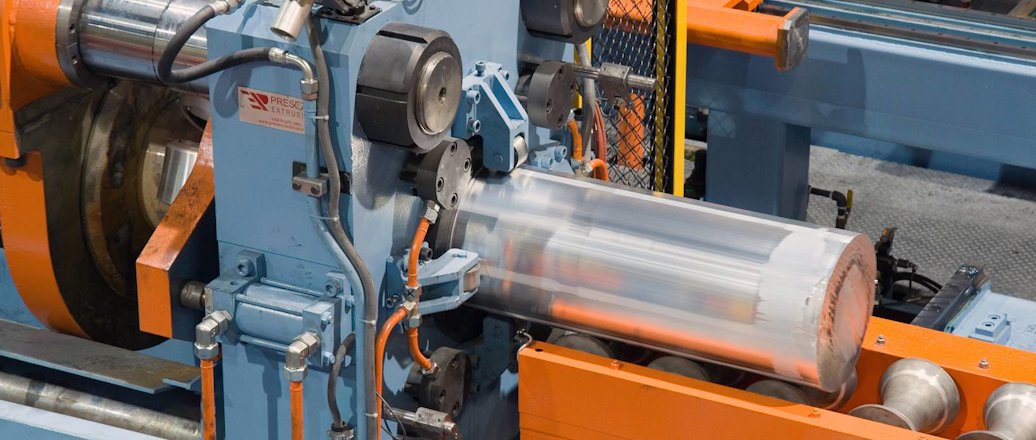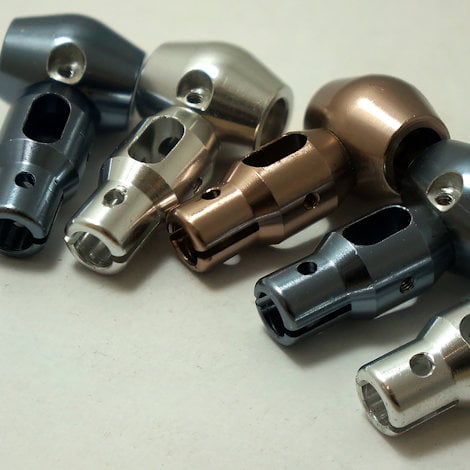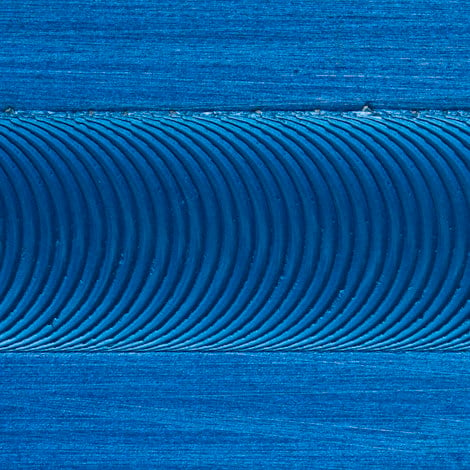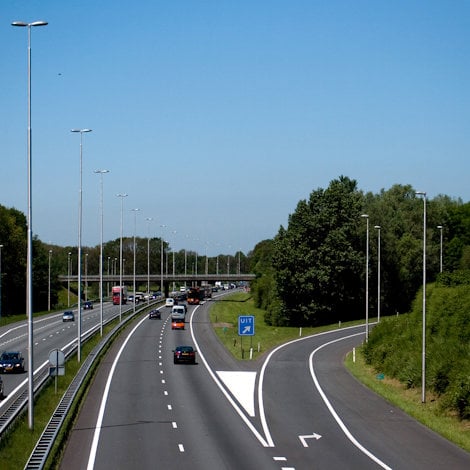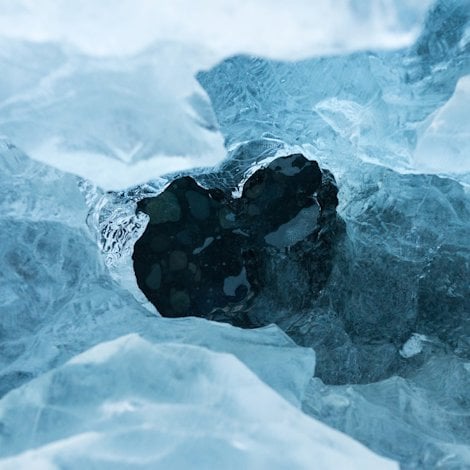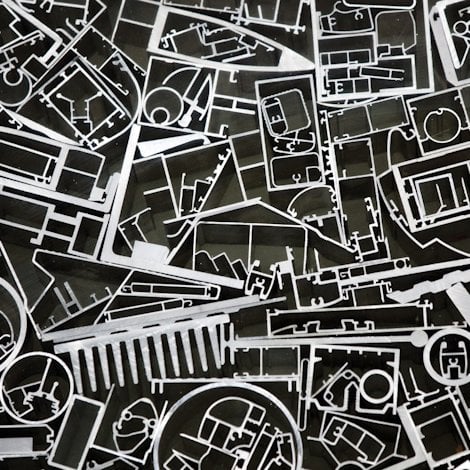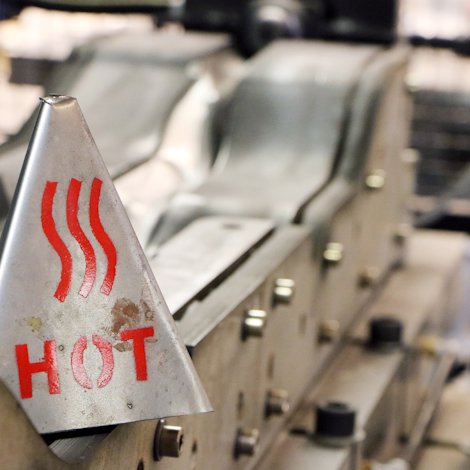Do you know when to use the indirect extrusion process?
All aluminium alloys can be extruded, but there are factors to consider when determining if a particular part can be extruded successfully. Factors like size, shape, alloy, tolerance, scrap ratio, extrusion ratio and tongue ratio. And whether you should use direct or indirect extrusion.
The direct extrusion process is the most common process utilized in the extrusion industry. It is more simplistic in design and allows more flexibility in manufacturing of profiles.
Benefits of the indirect process – often called backward extrusion – include reduced friction and greater consistency. The enhanced consistency shows itself in dimensions and metallurgical structure along the length of the extrusion profile. The indirect process is used to achieve more consistent machinability, for example, in rod and bar products through more consistent metallurgical structure.
The enhanced dimensional tolerances are helpful in rods used as screw machine stock.
Direct extrusion
In the direct process, the heated aluminium billet is pushed by the ram through a stationary die to create the specified shape. The aluminium flows in the direction that the ram travels, creating friction between the billet and the container. This increases the amount of work during the extrusion press cycle that results in an increase in temperature from the front to the rear of the extrusion.
This change in the amount of work and temperature along the length of the extrusion can produce a change in metallurgical structure along the length of the extrusion. The temperature variation and the increased work along the length can affect grain structure and microstructure – the things that are important for machinability.
Dimensions are affected due to the amount of pressure on the extrusion profile die, decreasing during the extrusion cycle. At the front of the extrusion, the pressure is highest in the indirect process due to the additional force required to overcome the frictional forces between the billet and the container. As the extrusion progresses, the area of contact between the billet and the container decreases, with the force decreasing during the extrusion cycle.
This change in force results in the deflection of the die, which affects the die opening for the profile and changes the dimensions from the front to the rear of the extrusion.
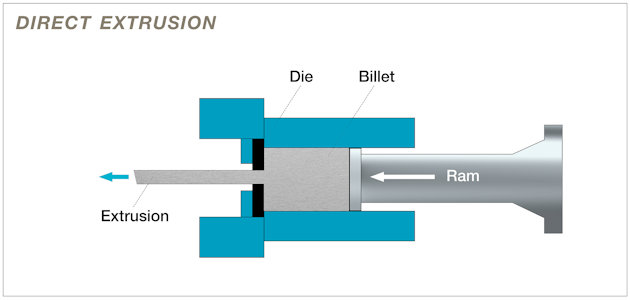
Indirect extrusion
In the direct process, as described above, the die is stationary and the press ram applies pressure on to the billet. In the indirect method, the ram carries the die and applies pressure on to the stationary billet, in the opposite direction of extrusion.
There can be variations to this concept, but in every case the billet remains stationary in relation to the container. As such, there is no billet to container friction influence, and the force during extrusion remains relatively constant from the front of the extrusion to the rear.
Another benefit is that the amount of work also remains relatively constant, with the elimination of the friction found in the direct process.
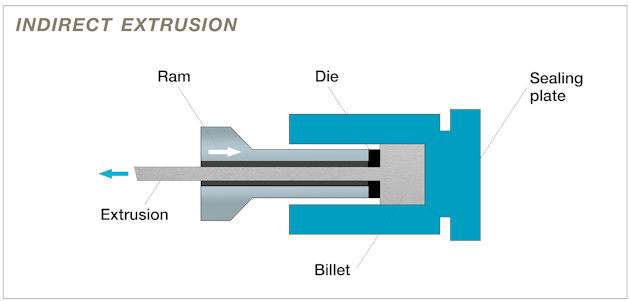
Advantages and disadvantages of indirect extrusion
The result is a more consistent amount of work and less temperature variation over the full extruded length. This provides more consistent dimensions, grain structure and mechanical properties.
The indirect process does have its trade-offs. For example, because there is no friction, anything on the surface of the billet can affect the surface of the extrusion. This requires that the billets must have the as-cast surface layer removed and then that they remain relatively free of dirt and oil.
Another detractor is that the die must be supported during extrusion and allow the extrusion to pass through that support. As a result, the size of the profile that fits through the diameter of a circle is much reduced.
Reduction in process variation along extrusion length
There is a long history of research that has studied the indirect extrusion process that scientifically provides the reasons for the metallurgical benefits and the reduced dimensional variation. We have continued to use the science behind the indirect process to generate products that benefit from the reduction in process variation along the length of the extrusion.
Products such as rod and bar that have superior machining capability due to the reduction in variation. After all, it is what is inside the metal that counts.
Interested in learning more?
If you are interested in learning more about extrusions for your product designs, then contact Hydro and we will put you in touch with the right expert.

